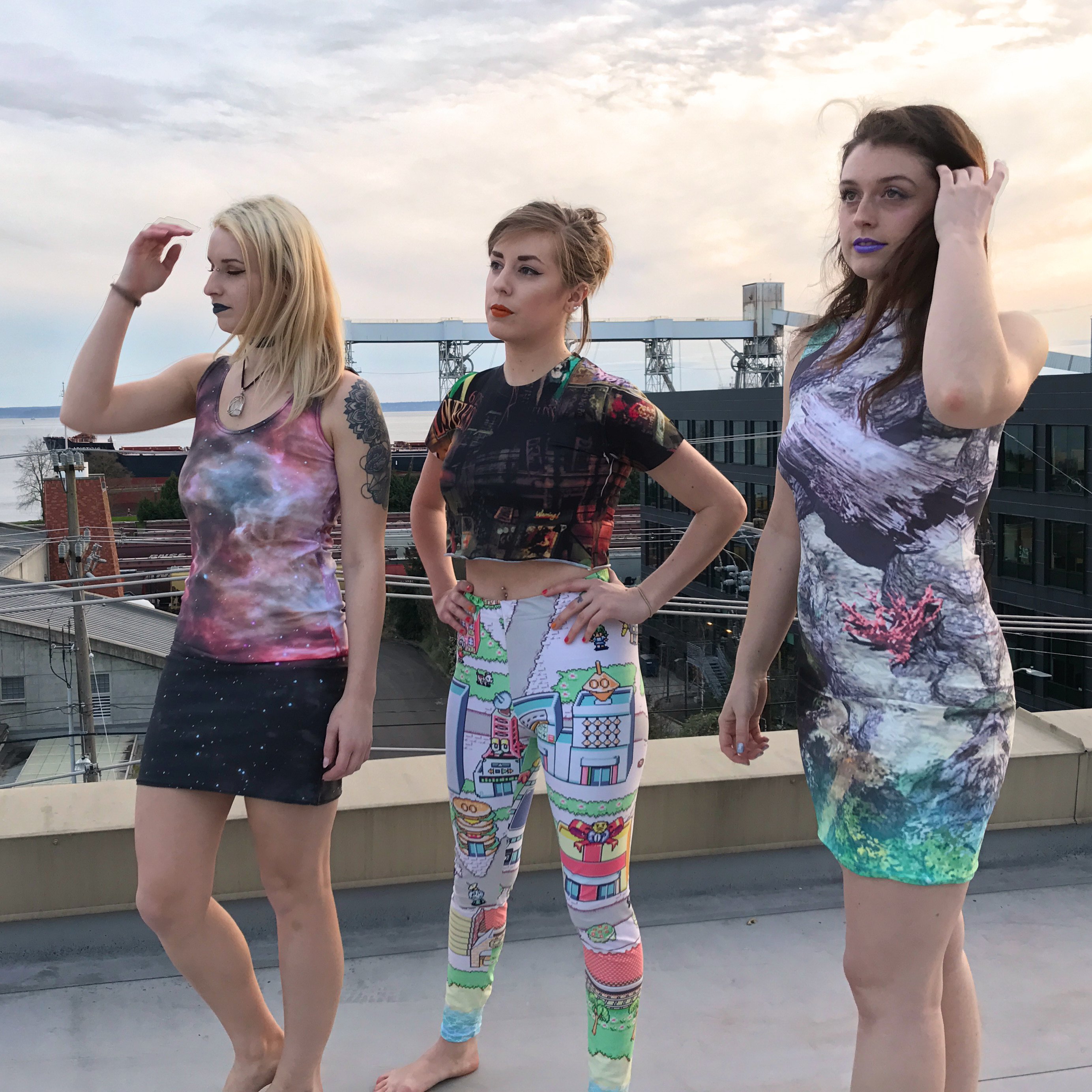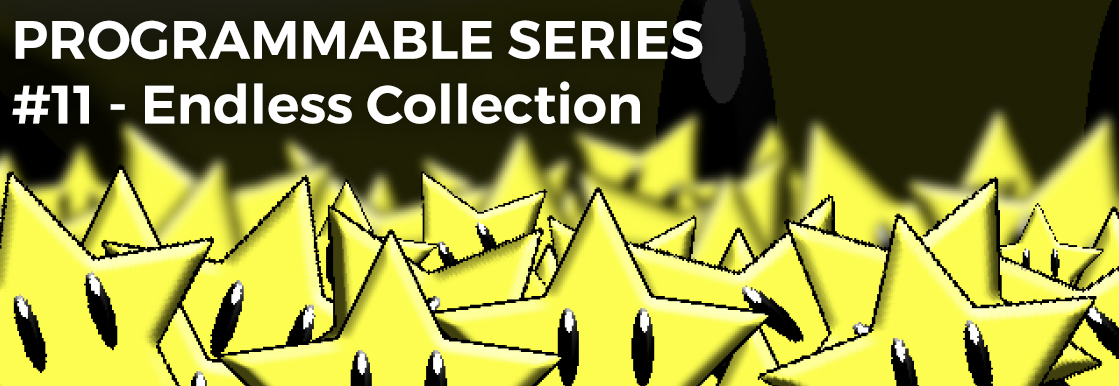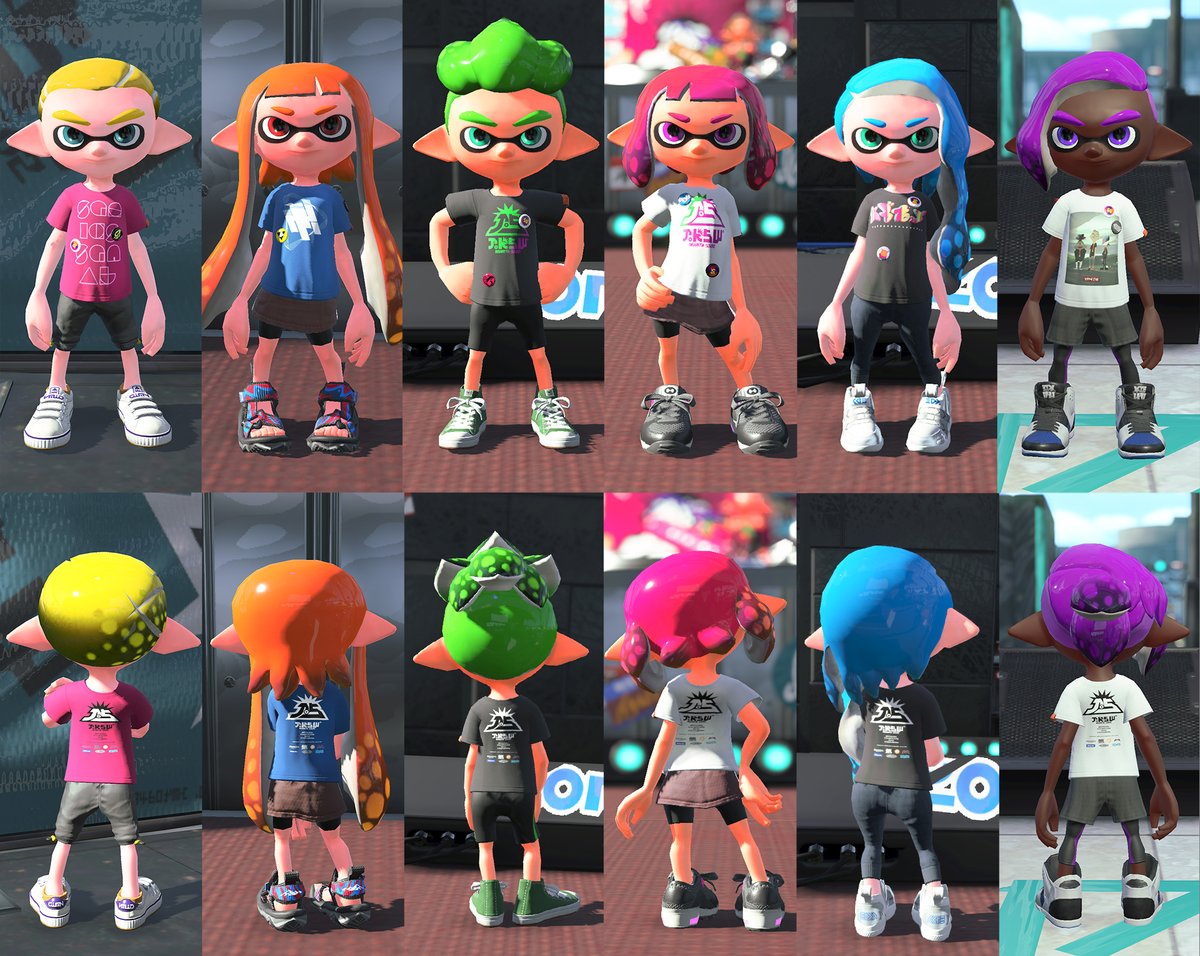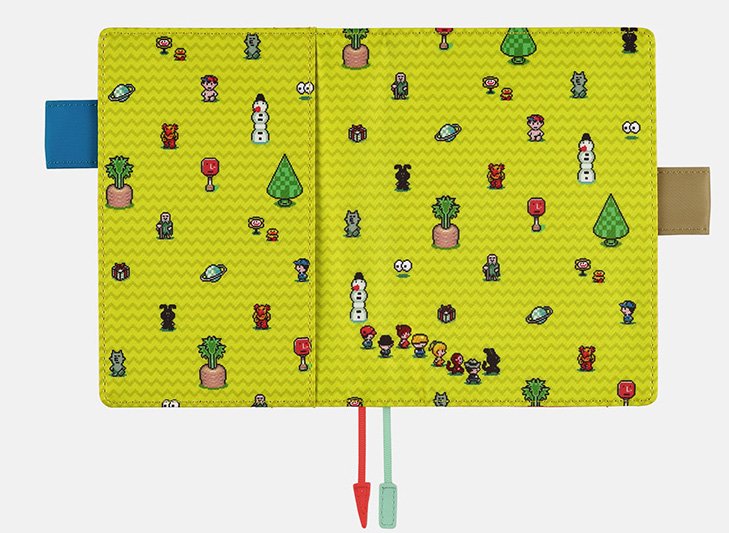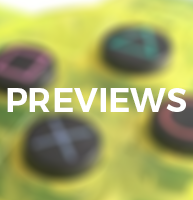To all readers of Minus World,
I’m writing to invite you to visit PLAYSTYLE, a new website exploring interactions between VIDEO GAMES + THE WORLD.
It’s the culmination of a few years of focusing on projects away from video games whilst contemplating a new way of talking about the medium and its culture. There is much to be gained from a more inclusive approach that disregards purely commercially-driven ideas and approaches games in the same way we think about art, fashion, design, film etc: not in isolation, but in relation to the wider world.
You can check it out at www.playstyle.world and follow on Instagram and Twitter for extra, bite-sized cultural stories.
Right now on the website you can check out an interview with LSD: Dream Emulator creator Osamu Sato, a photo tour of an abandoned 90s virtual world and a long-read on the role of video games in challenging the art world’s power imbalances. There are some exciting interviews and stories to come in the very near future.
In what can be considered the final post on this website, I want to conclude with my sincere thanks to all who have read, shared, supported and contributed to Minus World in the years since its creation in 2015. I feel personally I owe much to the experience and I’m deeply grateful for the opportunities the project brought.
– Oliver Jameson


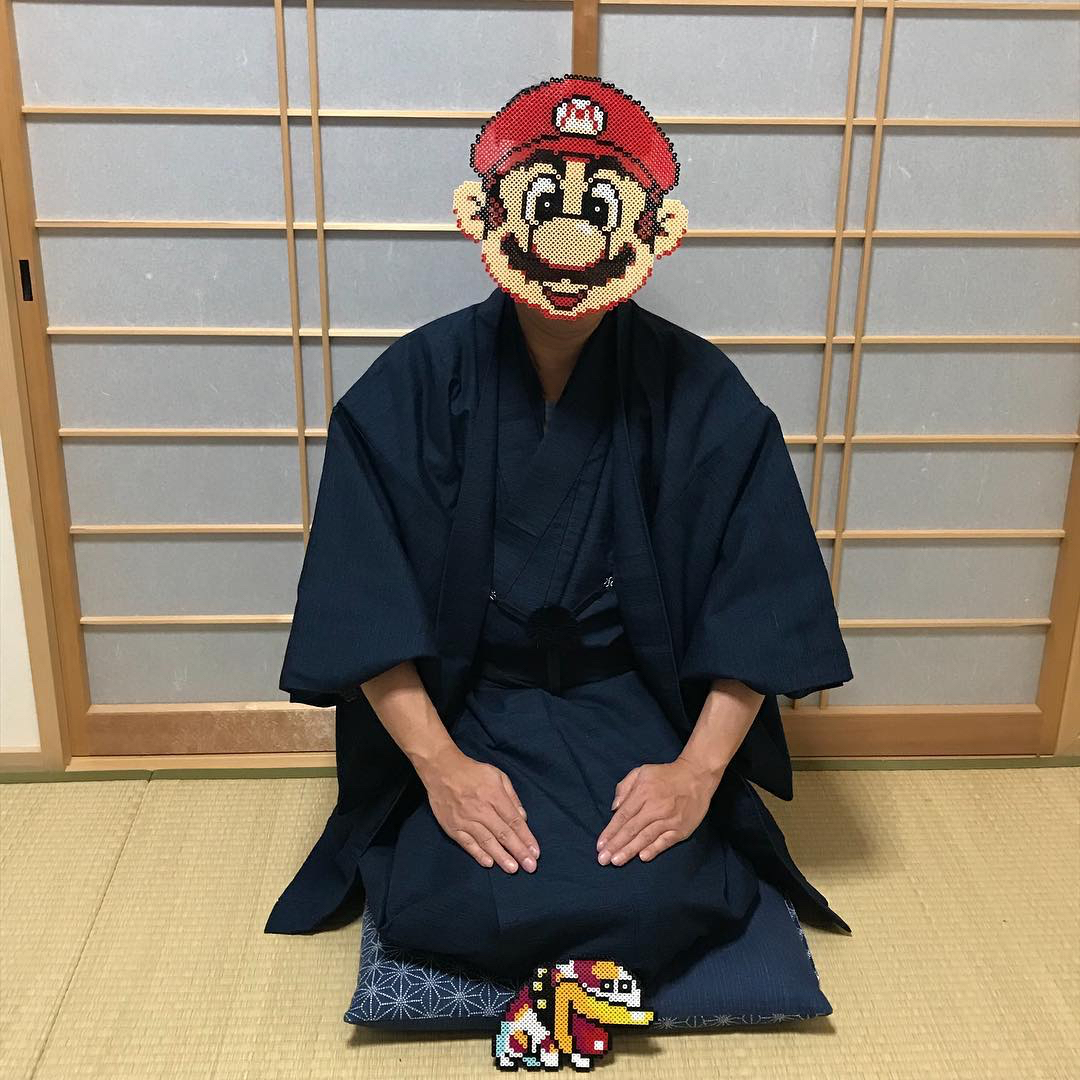
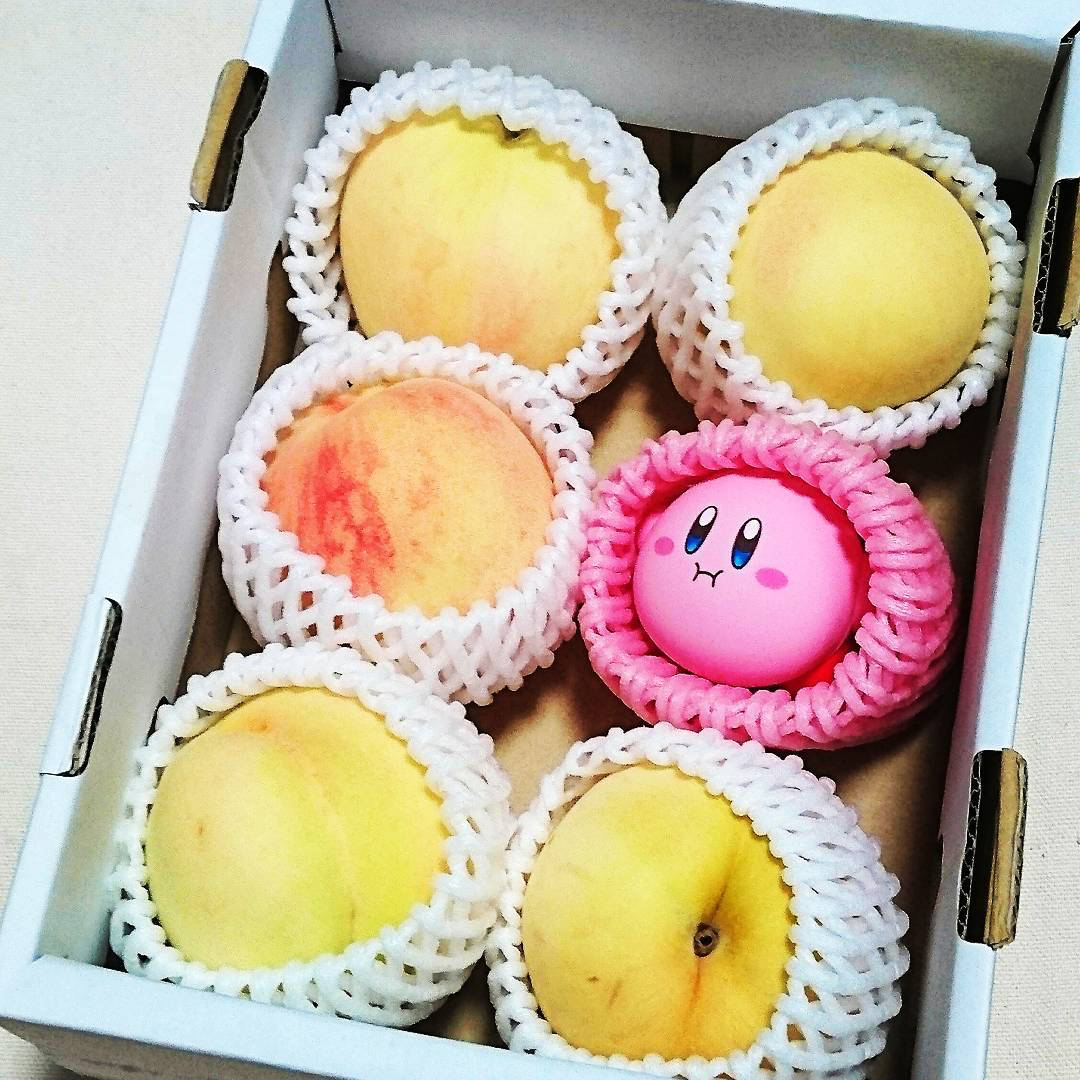
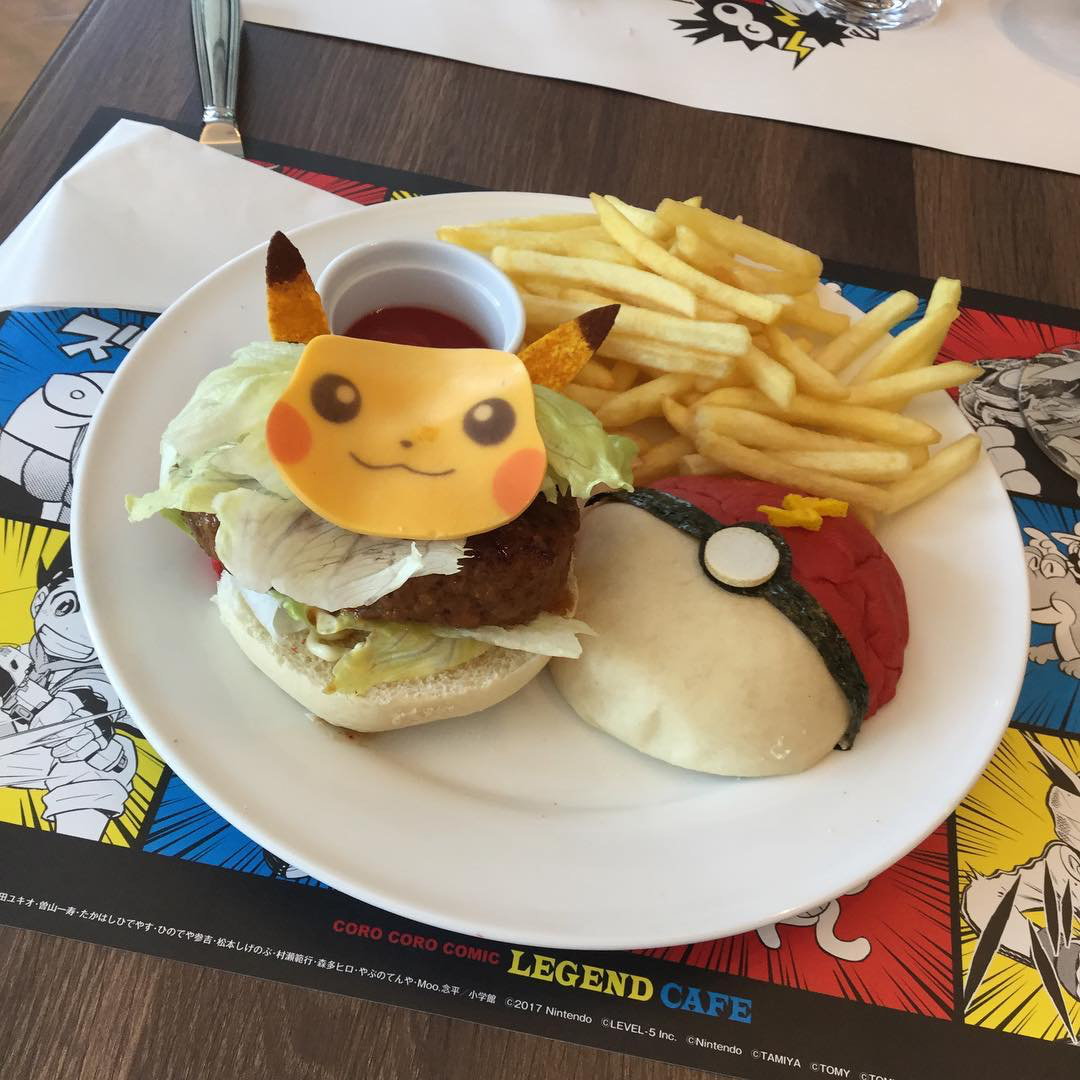

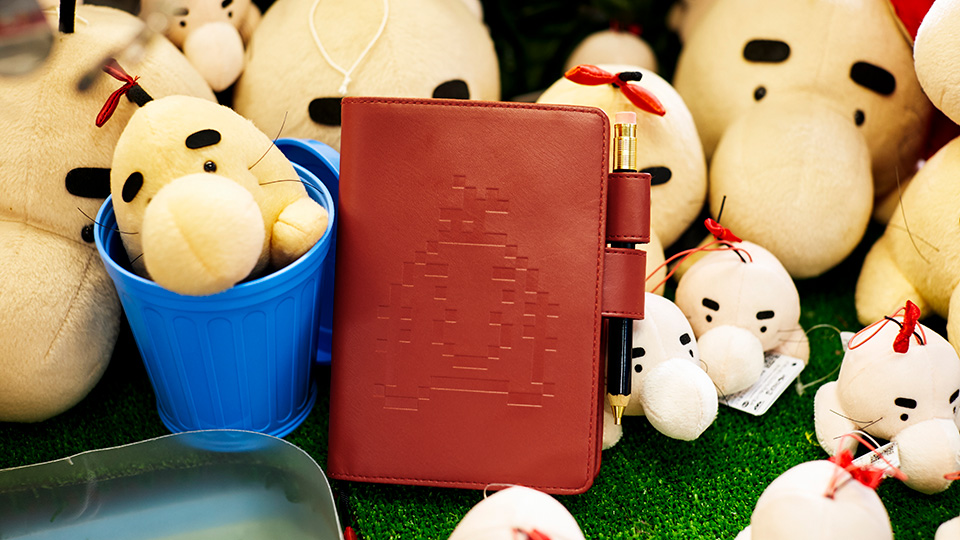
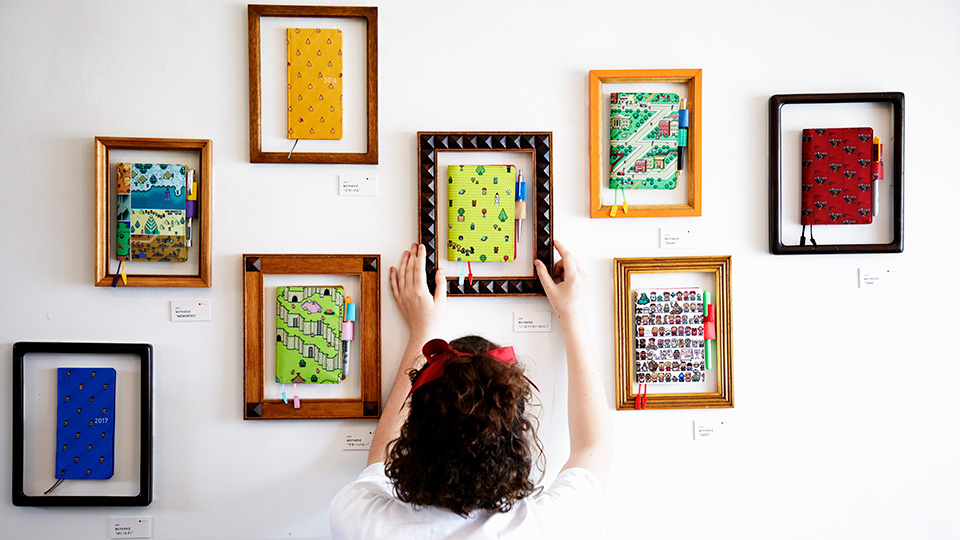
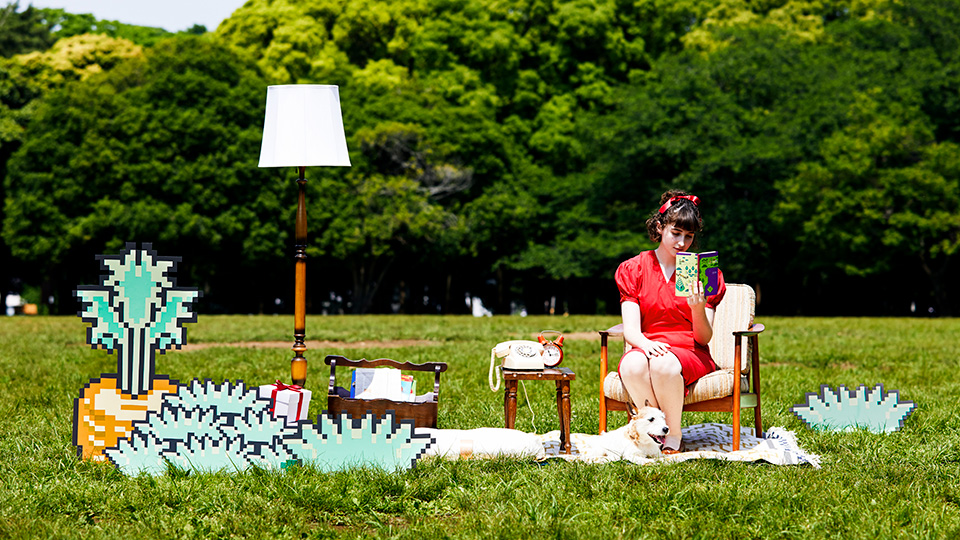




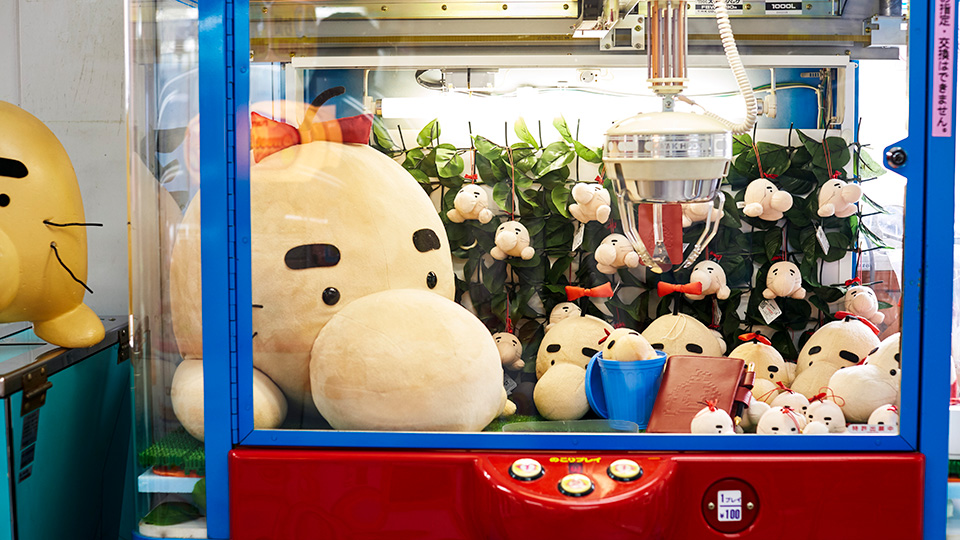
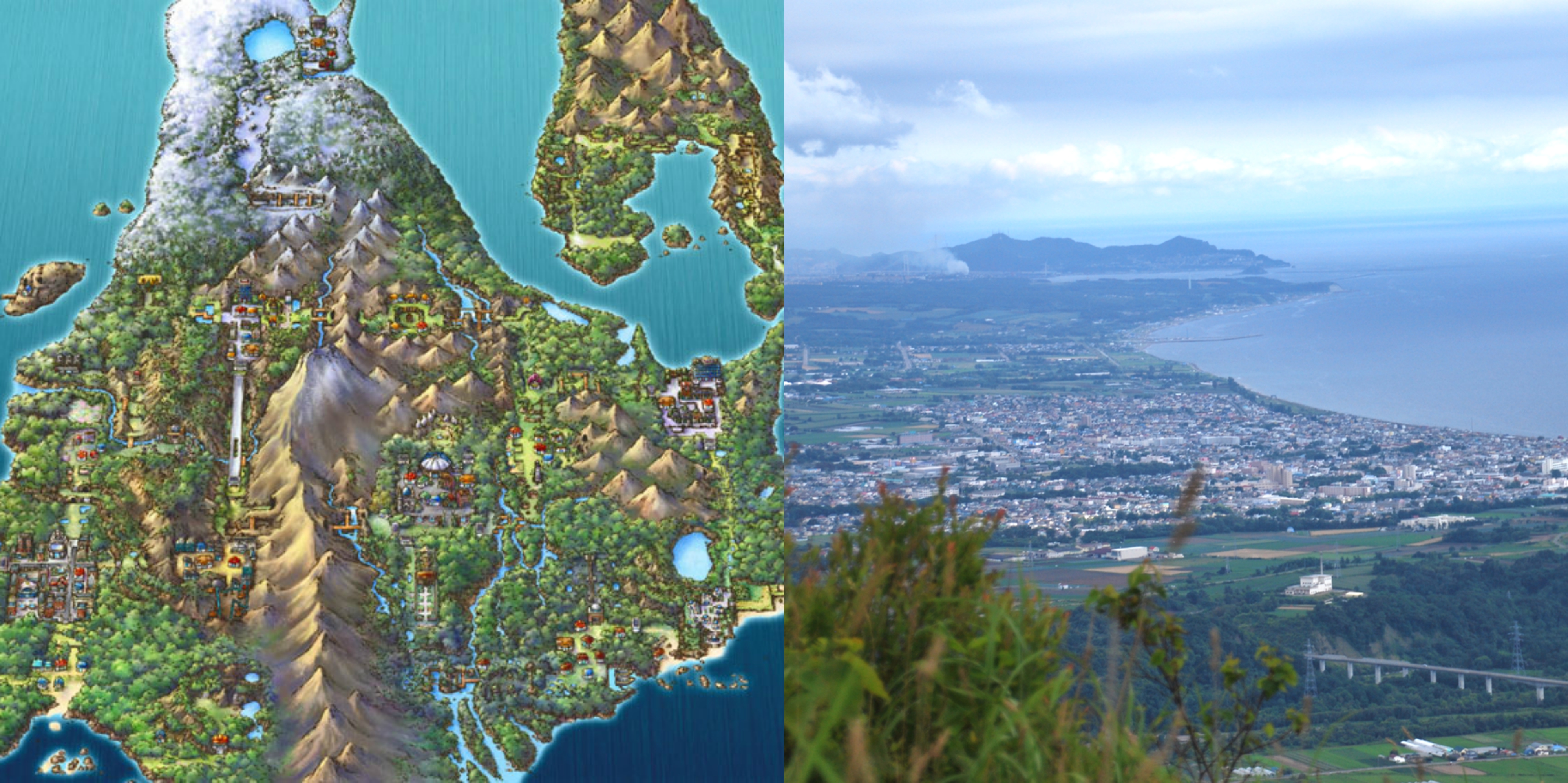
 There’s a lot worth praising about Diamond and Pearl on their tenth anniversary, with many of the components of the series that players have grown comfortably accustomed to having originated in these instalments. However, one of the less celebrated ways in which it excels is how it goes about creating a strong sense of place for its players.
There’s a lot worth praising about Diamond and Pearl on their tenth anniversary, with many of the components of the series that players have grown comfortably accustomed to having originated in these instalments. However, one of the less celebrated ways in which it excels is how it goes about creating a strong sense of place for its players.